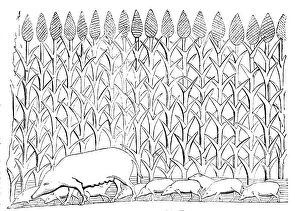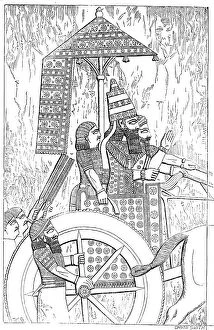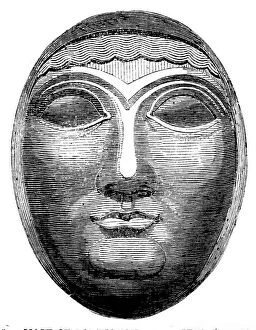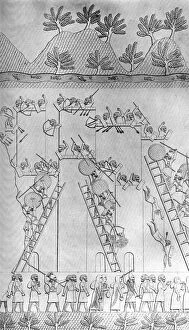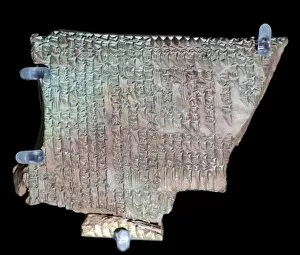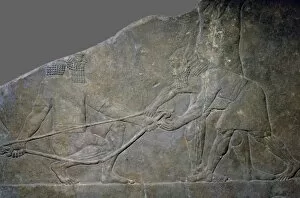Adiabene Collection
Adiabene, a captivating land with a rich history and cultural heritage, is nestled in the heart of the Middle East
All Professionally Made to Order for Quick Shipping
Adiabene, a captivating land with a rich history and cultural heritage, is nestled in the heart of the Middle East. This ancient region, adorned with Assyrian decoration dating back to 1898, holds countless secrets waiting to be unraveled. In this mystical land known as Adiabene, one can trace the footsteps of civilizations that have left their mark throughout time. From Jerusalem in Israel Palestine Holy Land Middle East to Nineveh's fall depicted by John Martin in his Illustrations of the Bible from 1835, every corner tells a tale. Giovanni Benedetto Castiglione's masterpiece "Tobit burying the Dead" transports us into an era where customs and traditions were deeply rooted. The Sepulchres of the Kings at Jerusalem stand tall since 1890, guarding stories untold within their walls. The Palace of Kouyunjik stands restored before our eyes through unknown hands' meticulous work in 1890. Its grandeur echoes tales of power and opulence that once resonated within its halls. As we explore further into Adiabene's depths, we encounter what are known as "The So-Called Tombs of the Kings. " Captured beautifully by John Fulleylove in 1902, these tombs hold mysteries yet to be fully understood. Moving beyond majestic gates like Shamash Gate and Nergal Gate in Nineveh brings us face-to-face with everyday life. Two workmen outside Mashki Gate remind us that amidst grand structures lie ordinary people who shaped history through their labor and dedication. And then there is Mashki Gate itself – a gateway leading not only to physical destinations but also symbolic ones. It symbolizes connections between past and present; it invites us on a journey through time. Finally, stepping inside the Tombs of the Kings on the road to Nablus takes us deep into Adiabene's soul. Here, we feel the weight of history and the stories whispered by ancient walls.


